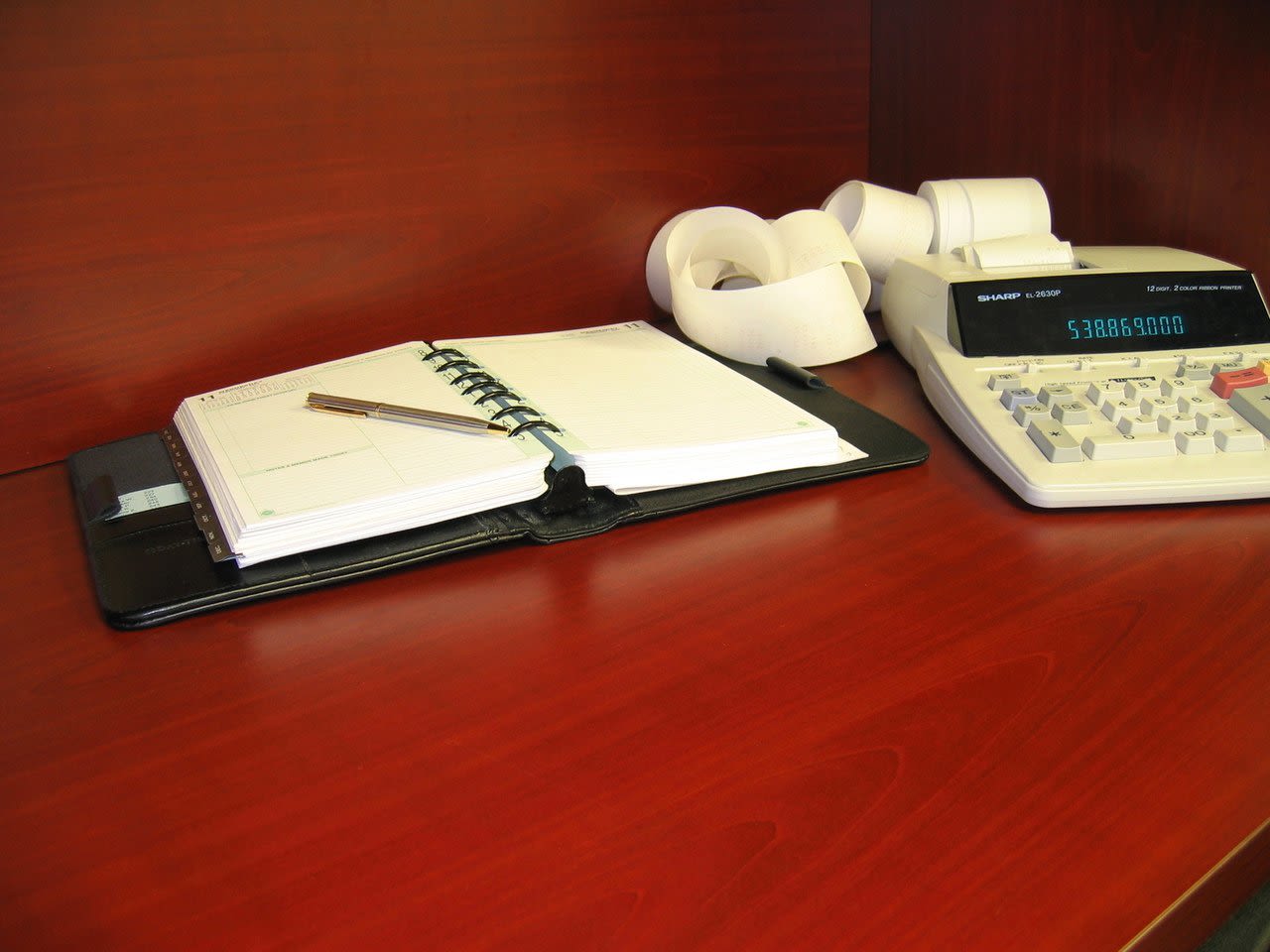
TAX TIPS FROM THE IRS
Even with the best intentions, filing taxes often becomes an event that is put off until the very last minute. Tax laws can be confusing, leaving many unsure of what they may deduct and how they should file. However, according to the Internal Revenue Service (IRS),1 the process can be simpler than you may think.
Here are 10 tax tips direct from the IRS designed to make your filing easier:
Organize. Take time throughout the year to store and organize your records, canceled checks, and receipts in one place. Remember to include the income, deduction, or tax credit items that you reported the previous year. Organizing and maintaining a filing system will keep everything conveniently together, and make filling out forms that much simpler.
Report all income. Gather all of your W-2 Forms, Wage and Tax Statements, and 1099 income statements to report your income when you file your taxes. Keep them with your other records to make sure you can easily find them when you need them.
Visit the IRS website. At www.irs.gov, you will discover many sources of information. You can download and print tax forms, access tax law information and changes, find a list of answers to frequently asked questions, and access numerous online tools and filing tips.
Use Free File. Everyone has at least one option available to prepare and e-file a tax return free of charge. IRS Free File uses brand-name tax software or online forms and is available at www.irs.gov. You qualify to use free tax software if your income was $58,000 or less; if your income was higher, you can use Free File Fillable Forms, the e-version of IRS paper forms. Go to IRS.gov/freefile to see your options.
Understand your filing options. There are several options for filing your tax return. For example, you may choose to file your taxes yourself or go to a tax preparer for help. In addition, you may be eligible for free help at a volunteer location. Decide which filing option works best for you.
Try E-file. E-filing presents an easy and convenient method of filing your taxes. Errors are reduced and refunds are returned faster than mailed documents. Last year, more than 80 percent of taxpayers used IRS e-file, and many tax preparers are now required to use it.
Get answers to your questions. Visit the Interactive Tax Assistant tool on the IRS website to get answers to your questions pertaining to tax deductions and credits.
Use direct deposit. If you are to receive a refund, the direct deposit option will allow for a faster return, and it may decrease chances of theft. When you enter information for this option, take the time to double-check your bank account number to avoid errors.
Check out Publication 17. Publication 17, Your Federal Income Tax, on www.irs.gov is a complete tax resource that includes important information, such as whether you need to file or how to choose your filing status.
Double-check your return. When you have finished with your forms, take a couple of extra minutes to double-check your information, especially your Social Security number. Also check your spelling and math. If your forms are hand-written, make sure they are legible.
These easy-to-follow steps may help to prevent any unnecessary tax apprehension, and they can help to make the filing process that much smoother. Starting early and organizing throughout the year can greatly reduce chances of error and stress.
1 IRS. “IRS Offers Top Ten Tax Time Tips.” http://www.irs.gov/uac/Newsroom/IRS-Offers-Top-Ten-Tax-Time-Tips.
